Alan Dweck, Head of Sales APAC
Alan Dweck of BidFX, reflects on the evolving state of the e-FX markets and the solutions BidFX deploy to ensure the best possible results.
Q How do you view the changes to the e-FX markets and what do you view are the key challenges facing the e-FX markets today?
A FX Markets are under constant change and some observers see e-FX as a driver for these changes, but my view is that this puts the cart before the horse. In line with the maxim that change is a constant in FX, market players are always looking for ways to improve their business and improve the efficiencies in the ways that they interact with each other and the markets. E-FX adapts in kind with these changes.
To put it another way, e-FX and the technology used by the markets have to keep up with the trends that are created by genuine business drivers. The key is to understand where the real business problems lie and if technology can provide a solution. It’s never about tech for the sake of tech as it can’t drive change on its own. It is only ever about the solutions to business problems that drive change.
E-FX’s main focus when it came into being was to minimise booking errors in fast markets, but then people found that it could solve another problem: that of rapidly establishing the best price for a trade, which spawned a number of click ‘n’ trade solutions. Although, in today’s markets a simple “click here to trade” is nowhere near good enough.
Nowadays the problems that BidFX are solving revolve around managing complex workflows that often involve multiple asset classes. Execution has to be seen in a contextual setting, with each context necessitating a different flavour of solution.
For instance, in the past trade allocations generally occurred post-trade because there was no time to handle their complexity at trade time. Technology today allows us to handle these complexities and so pre-trade allocations, or perhaps more accurately, point of trade allocations, are rapidly becoming the standard.
Q Can you give us some other examples of technology that have resulted in better solutions to old problems?
A We are currently releasing a pre-trade shaping environment that allows users to create and shape their trades from within their execution platform, bringing in cashflows and changing the way they are netted on the fly.
It’s becoming increasingly important for traders to work across asset classes, most notably in FX and futures where discussion has moved away from just global macro trading considerations and into cross-settlement.
There are urgent questions and issues that makes our relationship with SGX so important going forward. For instance: How can we make FX Futures and OTC FX more fungible? In working with SGX there has been a good coming together of minds, as we both focus on imaginative ways to solve these problems.
Interestingly, through futures, all kinds of asset classes are now coming together. Complex baskets of trades now look at FX impacts from across markets such as oil, gas, gold and even soft commodities. While this can mean that the fundamental nature of execution and position is getting more complex, it also brings to light the question of what the correct trading protocol is.
These may not be consistent across asset classes and the amount of information leakage has to be carefully managed by the buy side. Which is more suitable; RFQ, Stream, Bank Algo, BidFX Order types, Passive orders, OTC or via an ECN on a CLOB? Should your orders be visible to the market or is it better to wait for the market to come into line before pouncing? Also, the differing asset classes in a complex trade will often not support the same trading protocol.
It then becomes important for EMS solutions such as BidFX to handle the differences and normalise the trading experience as much as possible for the end users. This can only come from a genuine multi-asset environment with the necessary depth of functionality as provided by BidFX and TS.
Q There has been much focus on best execution due to regulatory changes around the world. How do you see these impacting the e-FX space moving forward?
A Firstly, best execution is not nearly as clear cut as we would like to think it is.
In the OTC market it’s a very “grey” space. Among its interpretations, it might mean one or more of the following:
– Best price available in the market
This is practically impossible to be certain of in an OTC environment as no one has immediate access to all possible liquidity sources
– Best price available to a trader at time of execution
This also has problems. For instance, why hasn’t the trader/firm made more of an effort to make better pricing sources available to them? Perhaps they have but their executing broker has run out of credit with their prime broker and is therefore unable to trade with them. This removes the ability for the innocent fund manager to access the best-in-market pricing that they believed they were able to access
Other issues include:
– Timing as part of best execution,
This too raises questions: For instance, how does the timing of a trade stack up against the market risk of holding onto a position until a more liquid time of day?
– Settlement costs and best value
The settlement costs of a trade may mean that the best price does not represent the best value to investors.
In the end, the solution to these problems lies somewhere in between functionality, workflow and reporting (TCA). At BidFX we have done a lot of work to ensure that not only are concepts like best value available to clients but also that all relevant information around a trade is captured. Therefore, whichever way you choose to define best execution, we can give you both the execution capabilities and the data to establish what you did and why.
Q There are several FX execution solutions out there. What do you think hedge funds should be looking for in their solution?
A I think the days of a simple FX solution are probably gone. We prefer to use the term FX EMS (Execution Management System) to describe our product.
A modern FX solution needs to provide a wide range of services. If I were a hedge fund I would be asking the following questions.
Q Can the system access a range of different possible liquidity channels?
A Each has its own uses in the market. So in order to get a full picture managers need access to a wide range including banks, non-banks, and ECNs.
Q Can you trade the full range of FX products on a single platform?
A Not just spot forwards and outrights, but swaps, NDS, forward-forward swaps, streaming and RFQ for both broken dates forwards and NDF. FX options are increasingly being traded electronically. Vanilla option structures have competitive pricing available which should also be subject to the rigors of best execution.
Q Is your solution truly multi-asset class?
A Some systems claim to be multi-asset class but they are really the marriage of many different systems and machines under a unifying banner. That’s a bit like calling a web browser like Google Chrome a multi-asset class trading system because different trading systems can be accessed through your browser! Traders should look for the genuine integration of asset classes in a consistent environment, which is the only way that the true benefits on multi-asset class trading can easily flow.
Q What is the support service like?
A Support is critical. It is much more than just having people in your time zone that can handle any problems. It’s also in the quality of your account managers, the transfer of knowledge from vendor to traders and the ability to easily receive upgrades that keep your system up to date with all the latest innovations.
Q Are multiple workflows available from the same platform?
A From APIs to staging, click and deal, netting, shaping, slicing, pre- and post-trade allocations, automation and reporting, the modern FX landscape is complex. An EMS needs to be able to handle the complexity and simplify it all for the end user.
Q Any parting comment?
A As the markets change, trading needs will necessarily change too. It is therefore important to have an FX EMS that can meet with more than just your current needs. We cannot know what tomorrow will bring. Any solution that is designed only to meet your current needs won’t stand the test of time.
That’s why at BidFx we are constantly looking to innovate, while also listening carefully to our clients’ feedback and acting on it. This way, we intend for our FX EMS to continue to provide the best possible solution for the institutional FX world.
